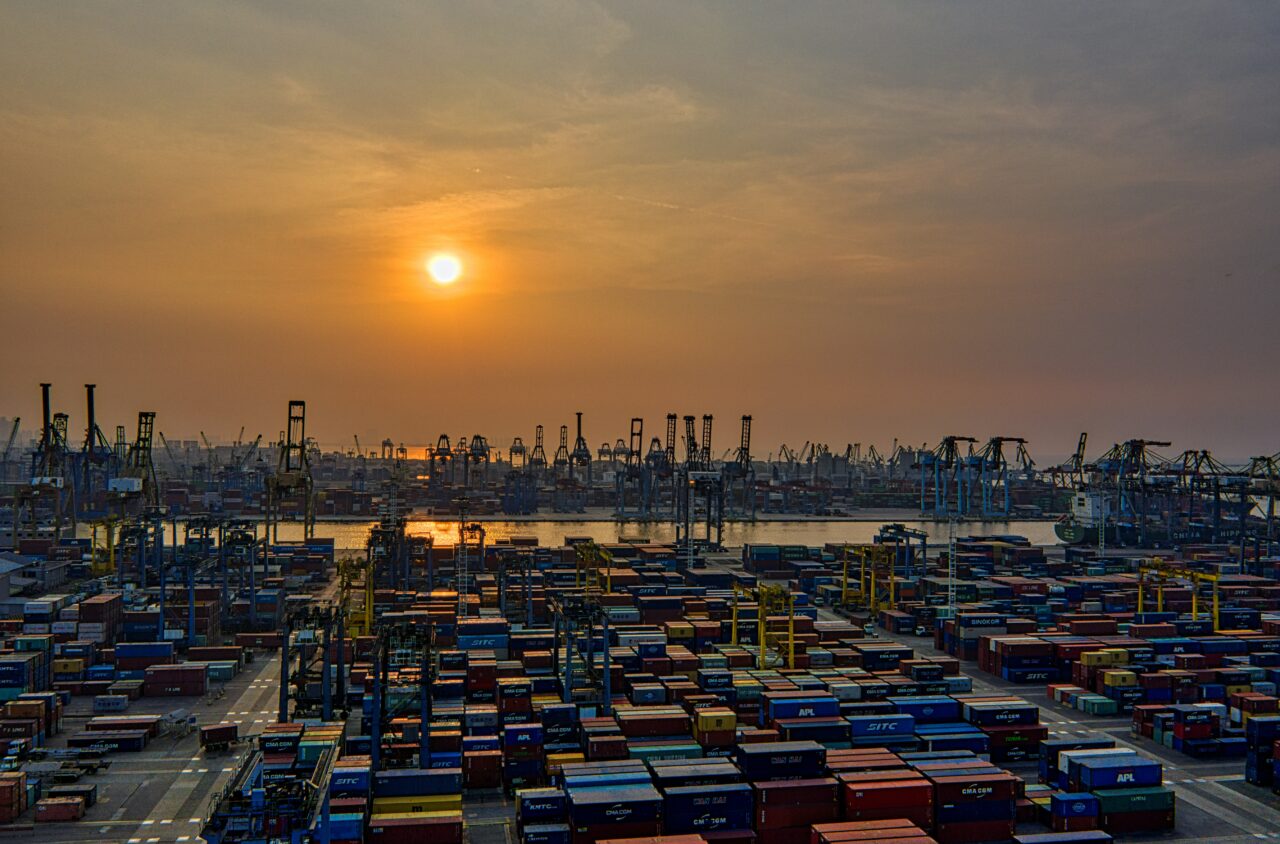Container unloading is an integral process in the logistics industry. For businesses dealing with imports and exports, the efficiency of container offloading affects their bottom line. A delay in container offloading can lead to storage charges, demurrage fees, and decreased productivity. To avoid these problems, it is essential to unload containers swiftly and efficiently. In this blog, we’ll discuss nine essential tips for faster container unloading in Australia.
Plan Ahead
Planning is crucial to ensure a smooth container offloading process. Before the container arrives, make sure you have all the necessary equipment and labor required to unload the container. Additionally, plan the unloading process, including the order in which containers should be unloaded and the destination of the cargo.
Ensure Adequate Labor
Having enough labor is essential for swift container offloading. A shortage of labor can cause delays and increase the risk of accidents. Ensure you have enough personnel to unload the container safely and efficiently.
When determining the amount of labor required, consider the size and weight of the cargo, the number of containers, and the type of equipment used. It is essential to have personnel who are trained and experienced in container offloading to avoid accidents and damage to the cargo.
Use the Right Equipment
Using the right equipment can speed up the container offloading process. Ensure you have the appropriate equipment, such as forklifts, pallet jacks, and cranes, to unload the containers. Additionally, ensure the equipment is in good condition and well-maintained.
Prioritize Safety
Safety should be a top priority during container offloading. Train the personnel to handle the equipment safely, and provide them with the necessary personal protective equipment (PPE). Additionally, ensure the containers are placed on a stable and level surface to avoid accidents.
Optimize Space
Space optimization can speed up the container offloading process. Before unloading the container, plan the storage area and ensure there is enough space to accommodate the cargo. Additionally, prioritize the unloading of goods that take up more space, such as pallets, to create more room.
Adopt Efficient Unloading Techniques
Efficient unloading techniques can help speed up the process. Adopt techniques such as cross-docking, where the goods are unloaded from the container and loaded directly onto a truck for distribution. This technique eliminates the need for storage, saving time and money.
Use Technology
Technology can be a game-changer in container offloading. Using tools such as RFID (radio frequency identification) tags and barcodes can help track the goods and ensure they are unloaded and stored correctly. Additionally, using software to plan and manage the unloading process can save time and increase efficiency.
Communicate Effectively
Effective communication can prevent delays during container offloading. Ensure all personnel involved in the unloading process are informed about the plan, including the unloading order and the destination of the goods. Additionally, have a communication system in place to enable smooth communication between personnel.
Keep Records
Keeping records can help you identify areas for improvement in the container offloading process. Record the time taken to unload each container and the personnel involved. Additionally, record any damages or losses that occur during the unloading process.
In conclusion, container offloading is a critical process in the logistics industry. Swift container offloading can save time and money and increase productivity. To ensure efficient container unloading, plan ahead, ensure adequate labor, use the right equipment, prioritize safety, optimize space, adopt efficient unloading techniques, use technology, communicate effectively, and keep records. By following these nine essential tips, businesses can ensure swift and efficient container unloading in Australia.
